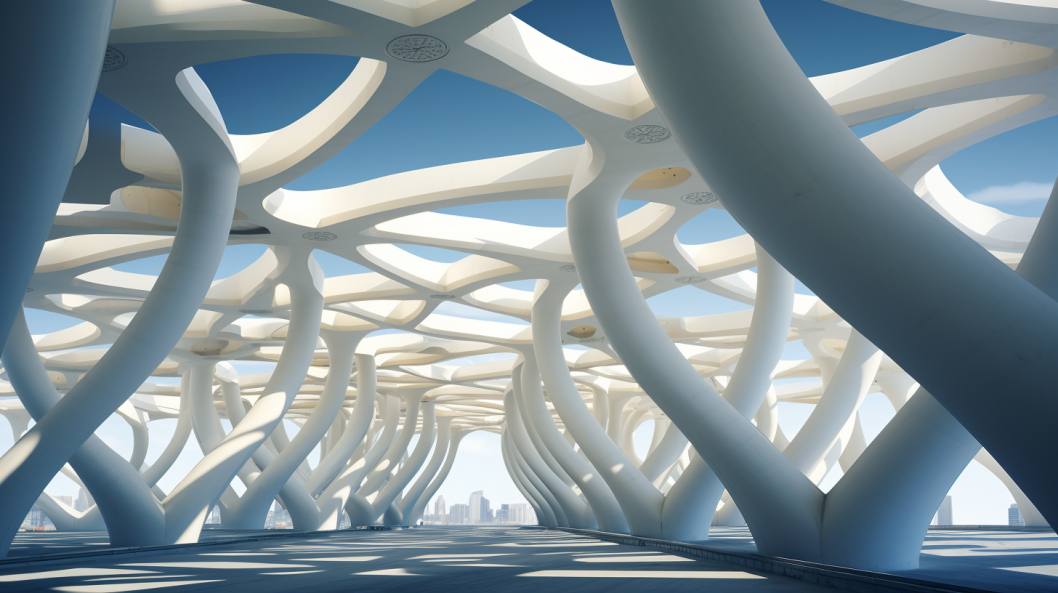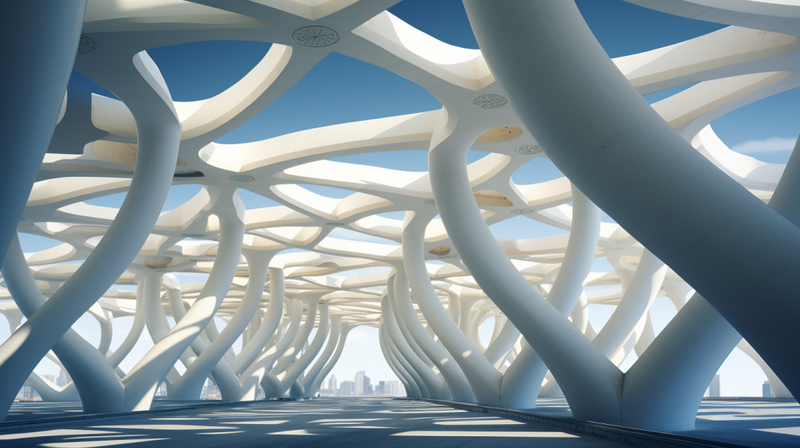In the sprawling landscapes of our modern cities, intricately designed buildings pierce the sky, bridges span extensive distances with grace, and tunnels weave through the very fabric of the earth. In the intricate web of modern infrastructure engineering, complex geometry has not merely been an ally – it has been a pioneer, pushing boundaries and redefining possibilities.
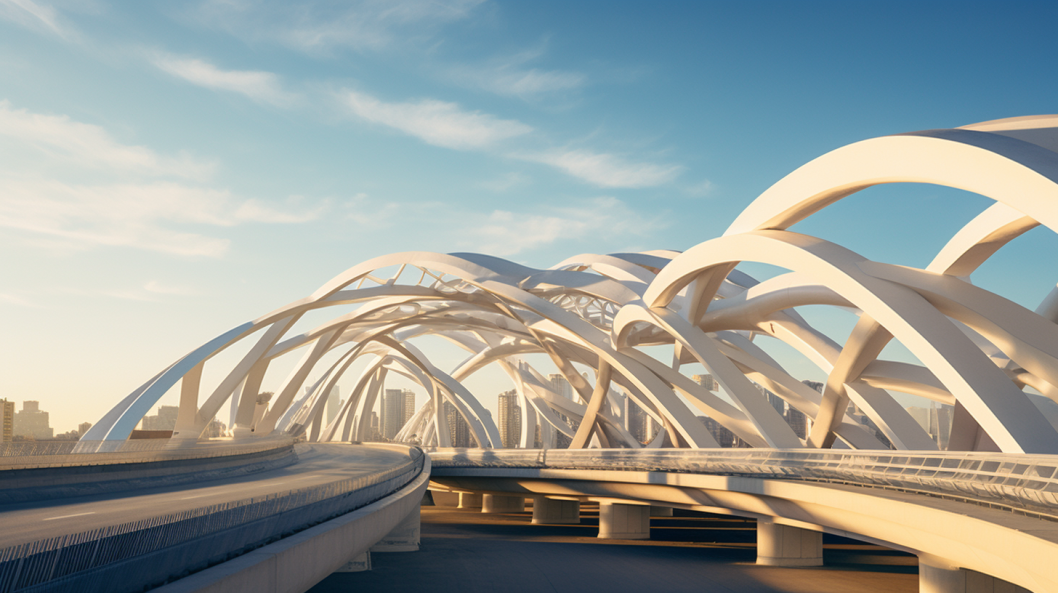
Pioneering Shapes: Sculpting the Skyline
Innovations in architectural and structural engineering have always found their roots in our understanding and manipulation of shapes. From the Pyramids of Egypt to the soaring heights of the Burj Khalifa, the evolution of structure design has been deeply intertwined with advancements in geometrical application.
In the contemporary realm, the application of complex geometry in infrastructure has ushered in a new epoch of architectural magnificence and structural robustness. The innovative shapes of modern structures, such as twisted skyscrapers or undulating bridges, are not just aesthetically revolutionary but also serve pivotal functional and structural roles.
Structural Integrity and Innovative Designs:
Complex geometrical designs contribute significantly to the structural integrity of modern edifices. Take, for instance, the twisted shape of the Shanghai Tower. This peculiar form does not merely serve an aesthetic purpose but is also an innovative response to withstand typhoon-level wind pressures. The twisting shape reduces wind loads by mitigating vortex shedding, providing not only an elegant form but also an intelligent solution to a significant engineering challenge.
Similarly, the integration of hyperbolic paraboloids or geodesic domes in various structures around the globe doesn’t only allure eyes but also ensures optimized material use, structural integrity, and longevity.
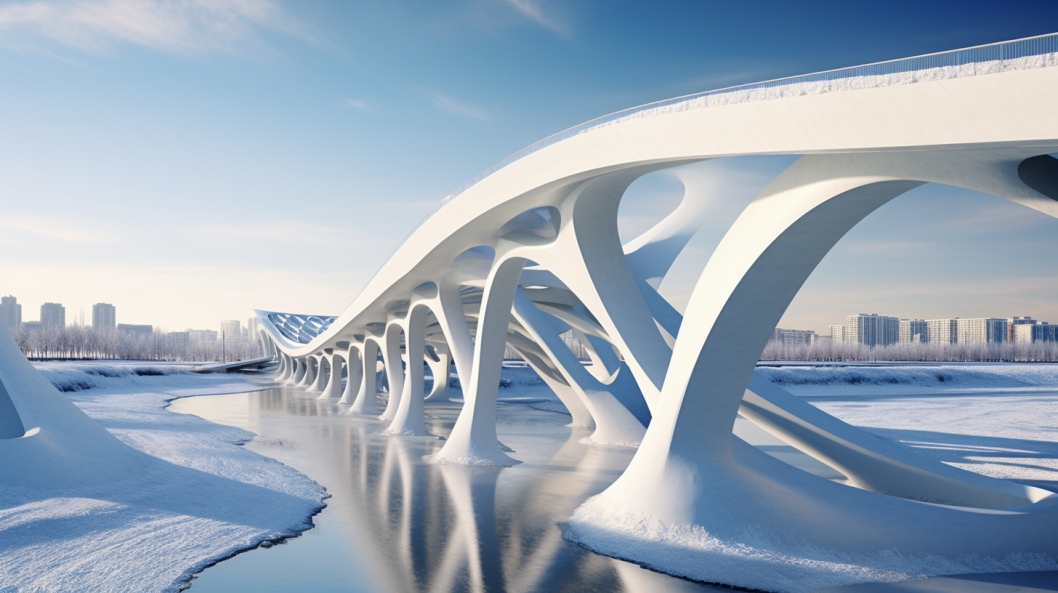
The Synergy of Form and Function:
The fusion of complex geometry with infrastructural functionality is poignantly observed in transportation networks. Consider the astonishingly lengthy spans of modern bridges, such as the Akashi Kaikyō Bridge in Japan, achieved through a detailed understanding and application of intricate geometrical principles.
Subterranean infrastructure, such as tunnels and metro networks, often employ advanced geometrical techniques to navigate through the labyrinthine expanse beneath our feet, ensuring stability, efficiency, and sustainability in the networks that underpin our urban environments.
Interdisciplinary Interplay: Beyond the Horizons of Engineering
Moreover, the role of complex geometry transcends mere structural and functional applications. In an era where environmental concerns are paramount, the symbiosis of engineering with complex geometry paves the way for eco-friendly innovations. The development of biomimetic structures, inspired by natural shapes and forms, employs complex geometrical insights to create buildings and infrastructures that are more in harmony with their natural surroundings.
Additionally, the nuanced incorporation of complex geometry can enable the harnessing of natural resources more effectively. For instance, optimizing building shapes and orientations for effective solar panel utilization, or employing wind-turbine arrangements that maximize energy extraction from prevailing winds, are potent examples of how geometrical considerations are intrinsically tied to the sustainable evolution of our built environments.
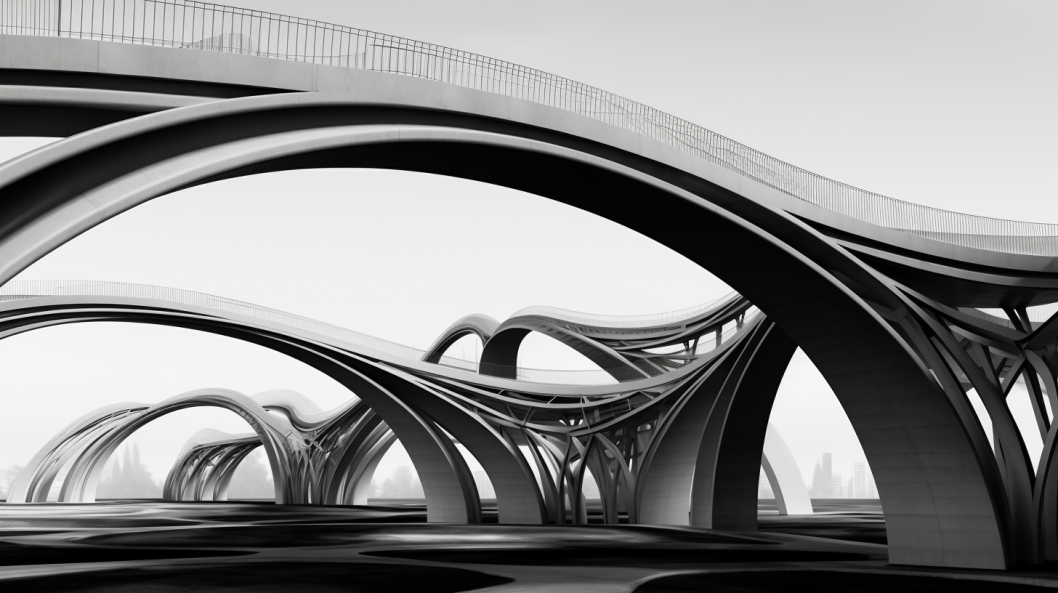
Challenges and Future Prospects:
Despite the awe-inspiring leaps that have been witnessed in the domain of infrastructure engineering through the lens of complex geometry, the path forward is not without challenges. One of the paramount obstacles is ensuring that the advancement of theoretical geometric principles keeps pace with the rapidly evolving demands of modern infrastructure.
Moreover, the practical implementation of complex geometrical designs often demands highly specialized materials and construction methodologies, which can impose significant cost and logistical challenges.
In an era that relentlessly strives towards sustainability and resiliency, the amalgamation of traditional engineering principles with ever-evolving geometrical concepts will continue to mold the future of infrastructure engineering. As we delve deeper into the realms of complex geometry, we concurrently unravel new possibilities in crafting a future where our infrastructures are not just functional utilities but also epitomize the pinnacle of human ingenuity and a harmonious coexistence with nature.
Pioneering shapes, derived from the intricate tapestry of complex geometry, continue to sculpt the horizons of modern infrastructure engineering. The synergy between aesthetic magnificence and structural functionality brought forth by these geometrical innovations is a testament to the boundless possibilities that lie within the interplay of mathematics and engineering. In these intricate shapes and designs, we witness the amalgamation of art, science, and engineering, enabling us to construct a future where our built environments embody both beauty and resilience in every curve, edge, and vertex.
